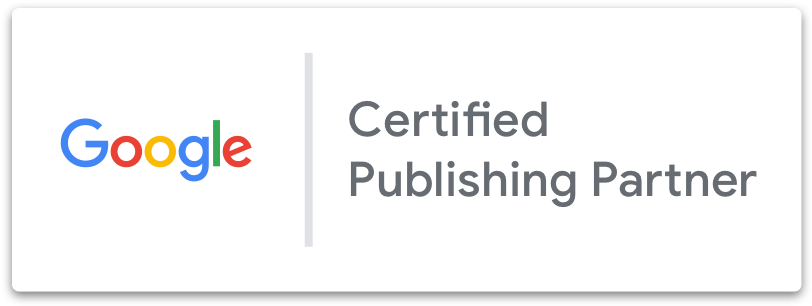Uh, oh – it looks like your search engine optimization strategy might need some adjusting. It’s time to rethink the ad placement on your web pages. Google has announced that it has begun penalizing sites with pages that are top-heavy with ads. With this change, called the “page layout algorithm,” Google will be hunting out those sites with pages where content is buried below heavy ads, and adjusting rankings accordingly.
As if web 2.0 marketing wasn’t confusing enough, it seems as if users have been increasingly complaining that they are often forced to scroll down past heavy ads in search of that actual content which they would prefer to see right away. It’s these complaints which Google is responding to, and those websites without much “above-the-fold” content will be affected by this change. The end result? They may not rank as highly going forward.
So, how are you to know if you’ve got a website which is too top-heavy with advertising? Well, Google won’t be releasing any new tools to help with this – rather, they’re encouraging people to make use of existing tools to understand how much of a given page’s content is seen by visitors at first glance.
This change has been put into effect immediately, so if you see a sudden drop in traffic, and you’re heavy on ads, chances are you’ve been impacted. Those sites which are tagged as too ad-heavy will see a ranking decrease attached to your entire site. Ouch.
Even if you immediately reduce above-the-fold ads, it may take several weeks until Google takes notes of the changes it has found. That could translate to several weeks of decreased traffic for your site, and that’s why your new media marketing strategy needs to be adjusted accordingly, and pronto.
According to Google:
If you decide to update your page layout, the page layout algorithm will automatically reflect the changes as we re-crawl and process enough pages from your site to assess the changes.
How long that takes will depend on several factors, including the number of pages on your site and how efficiently Googlebot can crawl the content.
On a typical website, it can take several weeks for Googlebot to crawl and process enough pages to reflect layout changes on the site.
The bottom line, is that excessive advertising impacts overall user experience, and should be avoided to keep ranking results as high as possible.
Does all this talk about algorithms have you confused? Not to worry, we keep up on all this news so that you don’t have to. We’re the seo arizona experts. If you’re overwhelmed, just get in touch.

